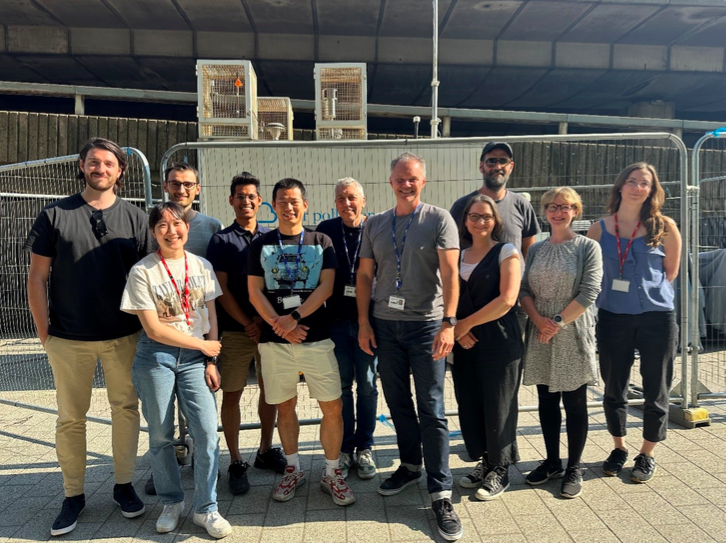
Air pollution is linked to 43,000 deaths each year in the UK. The World Health Organization and the UK Government recognise that air pollution is the largest environmental threat to our health. To mark Clean Air Day, we’re spotlighting Dr Ian (Gang) Chen and Dr Kayla Schulte from Imperial’s Environmental Research Group who are leading the charge in the fight against air pollution.
As a kid growing up in China, I always thought the haze was just another humid day with fog. Only after watching the Chinese-made documentary, Under the Dome in 2015, did I realise how polluted our air was. I was shocked and determined to do something about it. To begin my research journey in air pollution, I pursued a two-year MPhil program at the University of Toronto. There, I focused on developing a low-cost sensor to detect soot particles in developing countries. After that, I became interested in identifying and quantifying sources of air pollutants for my PhD studies at ETH Zurich, since it’s the most straightforward way to target emission sources and mitigate air pollution. My research has focused on this topic ever since.
Our team (Aerosol Science) at Imperial’s Environmental Research Group maintain two air quality supersites in London, where we use the latest technology to continuously monitor pollution. One site is located near Baker Street, central London, a traffic station, while the other is an urban background site located in Honor Oak Park in south London. On Clean Air Day 2023, we launched a particulate matter (PM) dashboard which shows the hourly chemical composition of the solid particles and liquid droplets found in our air. Making this data open-access and interactive is crucial for public understanding of the air we breathe. The organic mass in PM often contains millions of compounds and my research focuses on identifying and quantifying its sources. In the coming years, we aim to provide near real-time source information for PM on this dashboard, so that both the public and policymakers can understand where the pollution is coming from.
